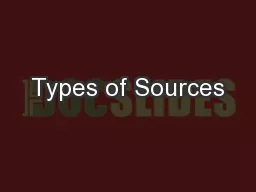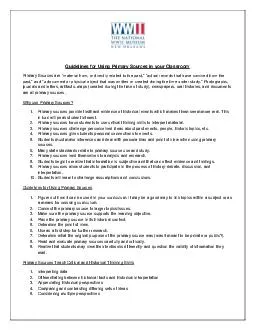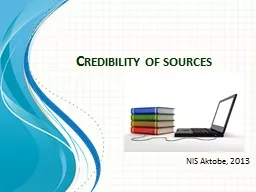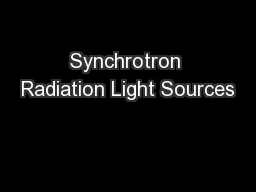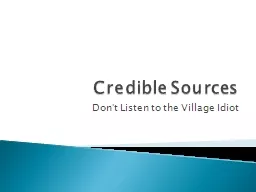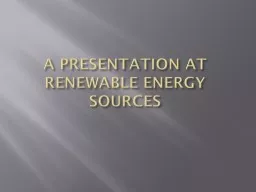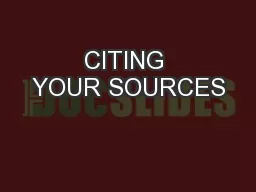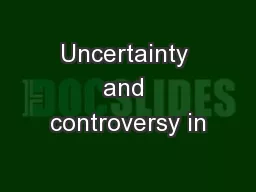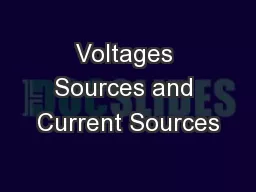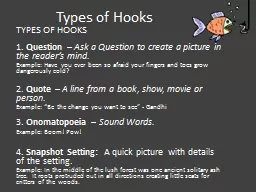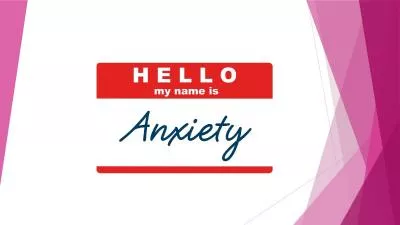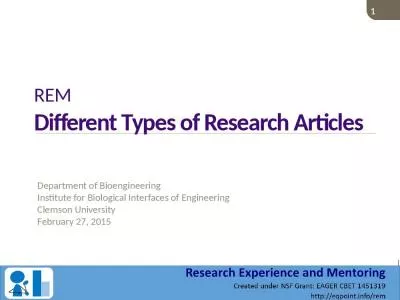PPT-Types of Sources
Author : phoebe-click | Published Date : 2017-06-18
UNIV 200 Spring 2015 Instructor Meredith Spencer Primary vs Secondary Primary Sources O riginal materials on which other research is based Have not been filtered
Presentation Embed Code
Download Presentation
Download Presentation The PPT/PDF document "Types of Sources" is the property of its rightful owner. Permission is granted to download and print the materials on this website for personal, non-commercial use only, and to display it on your personal computer provided you do not modify the materials and that you retain all copyright notices contained in the materials. By downloading content from our website, you accept the terms of this agreement.
Types of Sources: Transcript
Download Rules Of Document
"Types of Sources"The content belongs to its owner. You may download and print it for personal use, without modification, and keep all copyright notices. By downloading, you agree to these terms.
Related Documents

